Hydroelectric power is probably one of the oldest and most widely-accepted ways to use renewable sources to generate electricity. This type of energy has its fans, but it also has its critics: so what are the true pros and cons of hydroelectric power?
What is hydroelectric power?
Hydropower is any kind of usable energy that comes from water, which can be from a variety of sources, including turbines and dams. This is one of the most widely-used sources of renewable energy for electricity generation, and has been for years.
We most often see hydropower generated from reservoirs and dams, but it can also come from run-of-river, wave, and tidal power systems. For the purposes of this article, we’ll focus mostly on hydroelectric facilities rather than wave and tidal power, but all of these systems can be used to create consumable electricity to power homes and businesses.
Let’s take a closer look at the most common forms of hydroelectric power generation.
1. Conventional hydroelectric dams
A hydroelectric dam is the image most people have in mind when they think about hydropower, for good reason. This has long been the most common type of energy generation from water, with famous examples including the Hoover Dam.

Conventional hydroelectric dams have a large reservoir of water, which is why they’re often called storage or impoundment systems. Water pressure builds up behind the dam, and is designed to be released or held when needed to generate electricity, manage flow and water levels, or help with fish passage.
When the dam releases water from the reservoir, it flows through a turbine, making it turn, and as it does it activates a generator which produces electricity.
2. Pumped storage
Pumped storage hydropower, or PSH, functions rather like a battery for other power sources, such as solar, wind, or nuclear. The PSH system stores the energy generated from these other power sources, by pumping the water from a reservoir to another one at a higher elevation.

Source: Wikimedia / Shimatonis
This energy can then be released when needed by letting the water flow back to the lower reservoir and turning a turbine as it does, generating electricity. This form of hydropower is most useful when used to fill the gaps during times of high demand.
3. Run-of-the-river
Run-of-the-river, also known as diversion facilities rely on a consistent supply of water coming from a lake, river, or reservoir. The system diverts a part of the water flow and sends it through a canal or penstock, taking advantage of the natural slope and flow of the river to turn a turbine and generate electricity.

Source: Wikimedia / U.S. Army Corps of Engineers
This kind of system may or may not incorporate a dam, but the water flow is always regulated through a system of gates, valves, and turbines.
4. Tidal energy
Tidal energy, tide energy, or wave energy, relies solely on the rise and fall of the tide in the ocean. This is a clean, renewable form of energy, but can only be harvested in very specific locations, so is not viable for all countries and states.
Read more about tidal wave energy in our featured post.

Source: Wikimedia / 핑크로즈
Despite being driven by water, hydroelectric power plants actually produce electricity in a very similar way to coal power plants, making knowledge and technology easily transferable.
Both types of facilities rely on propeller-based turbines to generate power. While in hydroelectric plants the turbines are turned by water, steam turns the turbines in a coal power plant.
Pros of hydroelectric power
Hydroelectric power is a truly renewable type of energy, which doesn’t rely on a consumable feedstock, unlike biomass. This is just one of the advantages of using it to generate electricity, which we’ll look at next.
1. It’s a clean, renewable source of energy
Hydropower is a cleaner, renewable alternative to fossil fuels. Much of the world still relies on coal and natural gas to power their homes, but these sources of energy won’t last forever, with scientists predicting known reserves of both will run out this century at our current rate of use.
Water, on the other hand, is a renewable source of energy: as long as it continues to flow, we’ll be able to use it to generate energy, without using up the water itself.

Furthermore, fossil fuels generate greenhouse gas emissions as well as other forms of pollution. It should be acknowledged that hydroelectric facilities usually involve fossil fuels and other environmental impacts to build, but once constructed, they don’t cause water or air pollution.
2. Low installation and operating costs
Despite a significant initial investment, hydroelectric power is one of the lowest-cost types of renewable energy over the long term.
After building the infrastructure, very little maintenance is needed over time and running costs are much more affordable than other types of electricity generation. The return on the investment lasts for a long time, with hydroelectric dams and power plants easily lasting more than a century.
Furthermore, hydropower technology is continuously being developed and advanced, becoming ever more efficient and cost-effective.
3. It uses simple, understandable technology
Another advantage of hydroelectric systems is that as well as being affordable to run, they’re also relatively simple. For this reason, facilities are being built and successfully run in countries all over the world.
Furthermore, because hydropower plants operate in a very similar way to coal power plants, as coal is phased out, it will be relatively easy for workers to transition to the hydro industry.
4. It’s flexible
Hydro energy can easily be turned on and off to meet demand or as river flows change, with a limited operating expense. It’s also possible to shut off the system without affecting its overall performance.
Equally, hydroelectric power facilities can be ramped up very quickly once flows are at peak levels or to supplement other sources of energy and typically have high capacities.
5. It can be used with other renewables
Hydroelectric is also ideal for pairing with other forms of renewable energy. Because most hydropower facilities incorporate reservoirs that store large bodies of water, they can provide a stable source of energy to supplement less reliable renewables such as wind or solar.
Furthermore, most hydroelectric facilities are designed to gear up from zero to maximum power output virtually instantly, unlike many other types of electricity generation. Therefore, they can immediately feed power into the grid when required and cover power disruptions or outtages.
In other words, hydropower can fill in the gaps when the sun doesn’t shine or there isn’t enough wind to generate enough power. This helps to address one of the most common concerns around renewable energy.
6. It’s made in the USA
Many types of electricity generation technology, both renewable and non-renewable, come from overseas. However, hydroelectric power is made entirely in the USA, supporting local jobs, particularly in rural communities, and minimizing the emissions associated with transporting the tools and infrastructure.

Currently, the hydropower industry in the USA employs more than 66,000 people and the growing industry is predicted to expand to 120,000 jobs by 2030, not only in direct hydroelectric generation, but also manufacturing, construction, transportation, water management, environmental science, and professional services.
Furthermore, the water itself comes from domestic sources, so every state can generate its own power that doesn’t rely on international sources of fuel.
7. Hydropower facilities support other uses
Hydropower facilities can serve multiple purposes: not only can they harvest the power of water and convert into energy, but they can also supply water for irrigation. With water shortages and drought on the rise in many areas, this can be a very useful way to supply vital water to crops or drinking water to local towns.
In some cases, hydropower systems can assist with flood control, and so play a vital role in protecting humans and animals alike.
Hydropower reservoirs can also provide recreational opportunities to local communities, such as boating, fishing, and swimming. In fact, local authorities usually require hydroelectric companies to allow the public to access and enjoy the reservoir.
Cons of hydroelectric power
Despite its benefits, hydroelectric power also has its downsides. It’s important to be aware of these considerations when balancing the advantages of this kind of renewable energy.
1. It can have negative environmental impacts
While hydropower is a generally clean, renewable source of energy, this doesn’t mean it’s always good for the environment.
Most hydroelectric facilities rely on storage hydropower or pumped storage hydropower systems, that is, reservoirs made by dykes or dams. These are formed by disrupting natural river systems that can disturb wildlife, destroy habitats, and threaten water quality.

However, there are other forms of hydropower that have a lower environmental impact, notably run-of-river, wave, and tidal power systems, though these are currently the minority of hydroelectric plants.
2. It can impact on people too
Damming rivers and creating reservoirs can have negative impacts not only on wildlife and their habitats, but also humans. People may be forced to leave their homes to make way for hydroelectric systems, and this most commonly affects rural and indigenous communities.
Despite the compensation usually offered, this can have incredible impacts on not only the individuals involved, but also local cultures going back generations.
In some countries, people may even be forced to move under threat of violence. In 1982, 444 Mayans, mostly women and children, were reportedly killed because they refused to move to make way for the Chixoy dam.

Source: Wikimedia / INDE
Furthermore, it’s not just the communities who live in projected reservoir areas that can be disrupted. Hydroelectric facilities can increase the risk of flooding downstream, potentially putting people living in these areas at risk.
3. Large upfront investment
Although being cheap to run once established, building a hydropower plant is a huge, costly project. Establishing a hydroelectricity facility involves not only building power-generating turbines and their associated power plant, but also other infrastructure such as a dam and reservoir in the case of storage hydropower.
Furthermore, the cost of building such facilities is only set to increase in the future as suitable sites are used and therefore becoming more scarce.
4. Risk of large-scale failure
All dams involve risks such as construction accidents, dam failure, and flooding. Storage hydropower facilities can have huge volumes of water in their reservoirs, which could cause devastating destruction if things go wrong.

Source: Wikimedia
At least 96 people died as part of building the Hoover Dam, and when the China’s Banqiao Reservoir Dam was destroyed in a typhoon in 1975, it failed causing the deaths of more than 150,000 people.
Although modern dams are built to much higher safety standards and well-maintained to make them as safe as possible, some risks still remain.
5. Water is becoming increasingly scarce
Although water is a renewable resource, there are concerns over its supply. Globally, we’re seeing a downturn in the amount of water available.
If rainfall drops enough and droughts become severe, low water flows could make hydroelectric facilities less efficient and could even stop being viable entirely.
Furthermore, running a hydroelectric facility usually involves some degree of water loss. Although this is a very small proportion of the overall water used, it’s important to consider this loss given the global water crisis.
6. There are limited sites for storage hydroelectric facilities
While water is largely unlimited, there is a limit on the locations suitable for hydroelectric facilities, or more specifically, storage hydro plants with reservoir dams. Hydroelectric dams have very specific requirements and can only be built on certain sites.

It’s important to find a location that can not only support a hydroelectric dam, but will also turn enough profit to justify the investment to build the facility.
Final thoughts
The pros and cons of hydroelectric power paint a complex picture. This is a clean, renewable, and largely environmentally-friendly way to generate electricity, but it can also have negative impacts on people and the planet.
As we look to move away from non-renewable, polluting, and dangerous fossil fuels like coal and natural gas, it’s important to take a considered view of the alternatives. By acknowledging the drawbacks and managing the risks associated with hydropower, we can come up with the best solutions for the future.
Hydropower facilities from an investment standpoint as they are straightforward, proven and relatively predictable. Perhaps the answer lies in using hydroelectric power plants in coordination with other renewables like wind and solar.
Learn more about the future of renewable energy with our guides to solar, wind, geothermal, and biomass. Or check out our post about the pros and cons of sea wall.


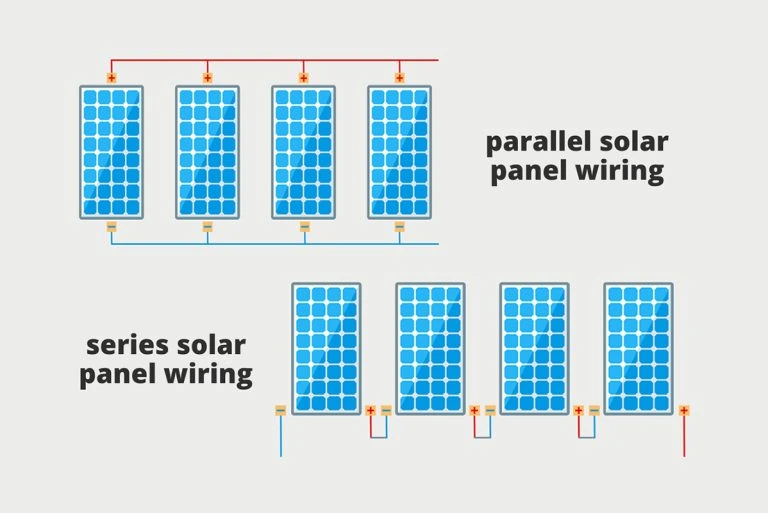
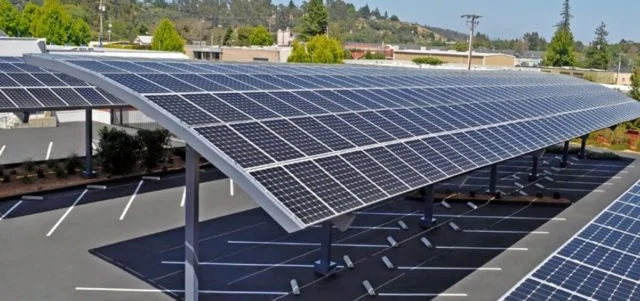
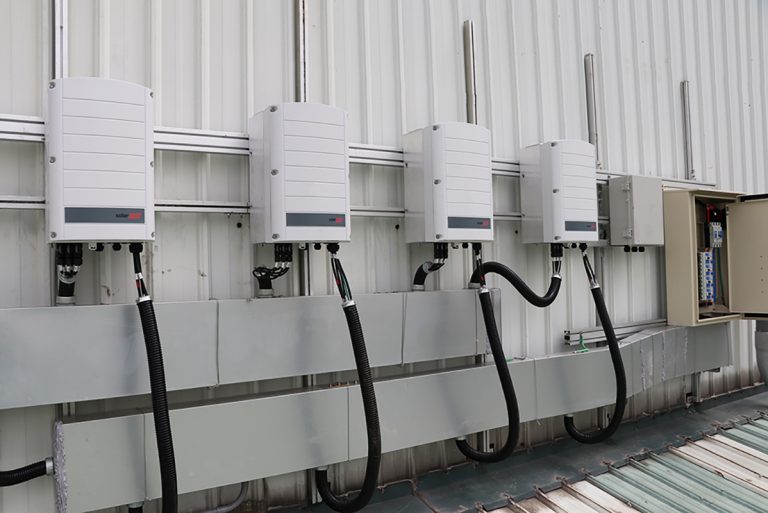

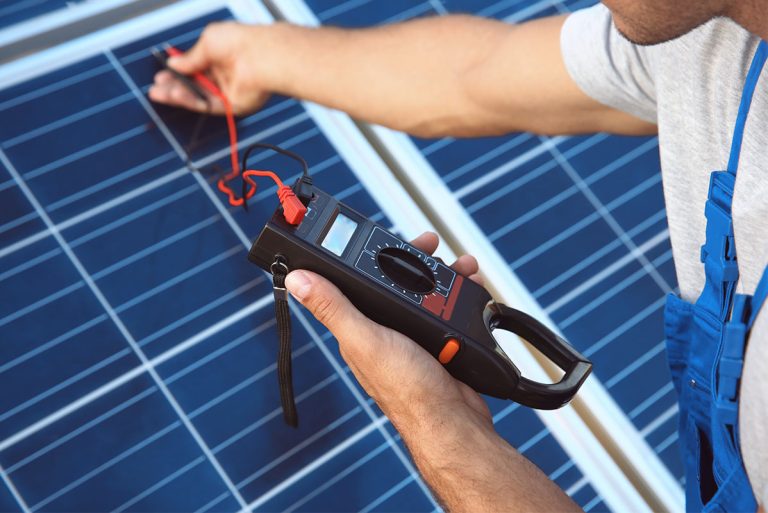
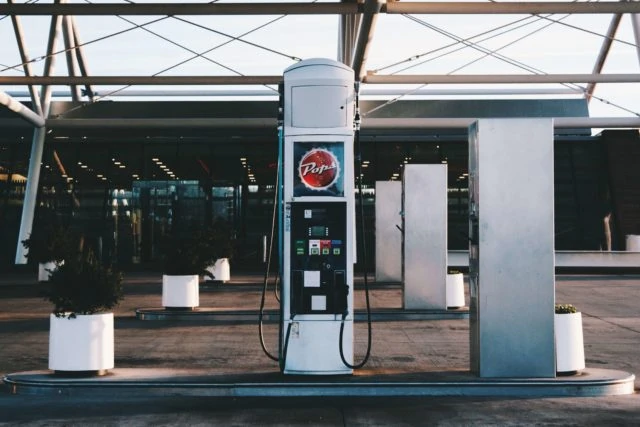



![6 Best Solar Inverters in 2024 [Including Buying Guide]](https://greencoast.org/wp-content/uploads/2019/10/best-solar-inverters.jpg)
